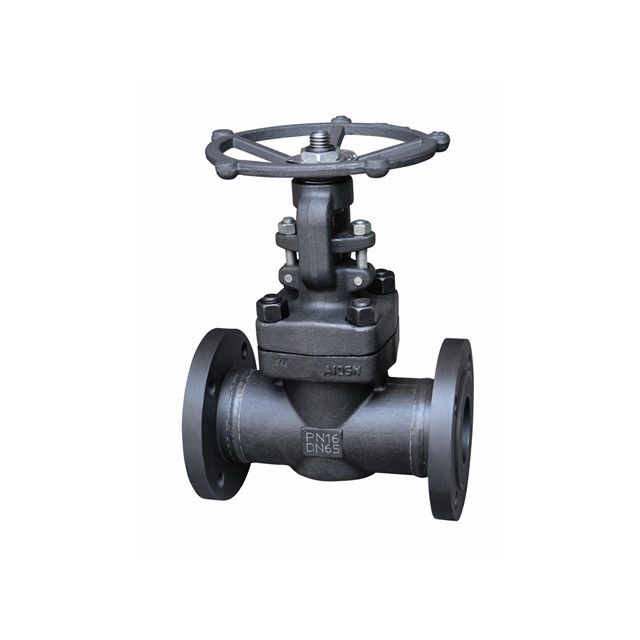
March 15, 2024 by Brina
Wedge valves and gate valves both function to regulate fluid flow. However, their methods of accomplishing this purpose differ.
Although both types of valves are capable of controlling liquid flow, wedge valves offer several advantages. If you’re not sure which type is best suited for your application, don’t worry – we can help!

Table of Contents
Toggle
- Flow Rate
- Flow Resistance
- Sealing
- Maintenance
Flow Rate
A wedge valve has a lower flow rate than its gate valve counterpart due to the sealing wedge being held in place between two slanted seats.
Standard gate valves are linear, quarter-turn devices that regulate liquid flow. When opened, they completely block off the fluid path.
Wedge valves offer a smaller face-to-face dimension and can be used in numerous applications. Unfortunately, their sealing surfaces tend to erode or scratch quickly, necessitating more frequent maintenance checks.
Flow Resistance
A wedge valve’s flow resistance is lower than that of a gate valve, making it suitable for quickly shutting off liquids. Unfortunately, however, this type of valve may also leak.
When selecting a wedge valve, the type of fluid it will handle is an important factor to consider. Wedge valves typically handle highly viscous fluids, while gate valves work better with less dense liquids.
Typically, a flexible wedge valve is composed of a one-piece disk with an edge cut for improved seat alignment and tighter seals.
Sealing
The primary distinction between a wedge valve and a gate valve is how their sealing works. With the latter, you can secure the gate using media pressure alone; while with the former, external forces must be applied to effectively seal off the seating surface.
A wedge valve is comprised of a rectangular-shaped disk or wedge that inserts into the fluid flow. As this disk expands under pressure from the stem force, it helps ensure that the valve seals properly.
A gate valve’s wedge-shaped closure member is engineered to provide a high supplementary seating load, making it resistant to both high and low fluid pressures. Furthermore, since only when closed does the wedge come into contact with its seats, this reduces wear and corrosion.
Maintenance
Maintenance requirements for a wedge valve differ from those for gate valves. Wedge valves consist of two pieces – the body and wedge – which may become detached over time, leading to loss of pressure and leaks.
Fortunately, you can avoid these issues by following the proper procedures and performing regular maintenance. These include cleaning, lubricating, and tightening.
Regularly cleaning the valve helps ensure it operates optimally for longer periods of time by clearing away dirt and debris buildup.
With a soft cloth or brush and mild detergent solution, you can thoroughly clean the diaphragm and linings of the valve. Doing this will eliminate dirt and debris that could otherwise lead to damage to the valve.
Xintai Valve offers a broad selection of high-pressure isolation valves, such as cast steel globe valves, gate valves, and ball valves. All are engineered to perform efficiently and dependably while boasting low resistance, ease of installation, and long-lasting quality.
Xintai Valve’s products are widely used in the oil and gas, power generation, and chemical industries. They come in various shapes and sizes to meet individual requirements.